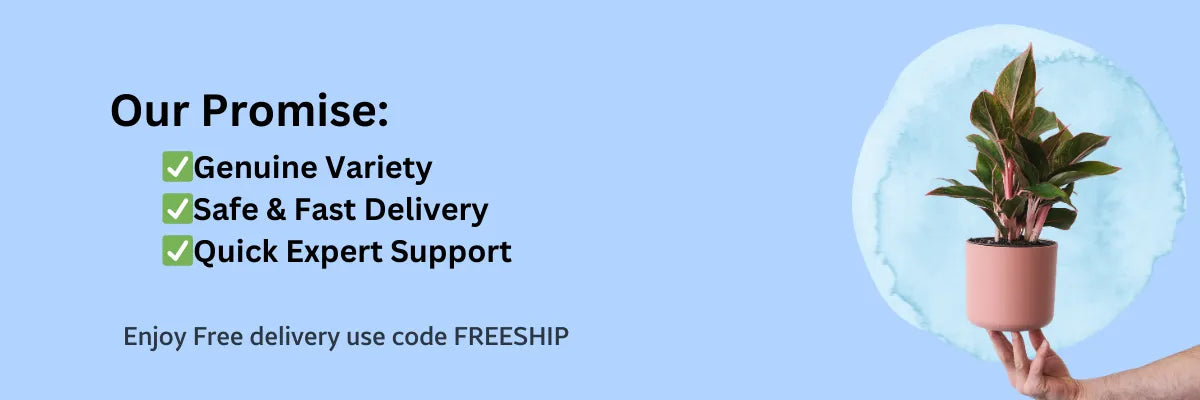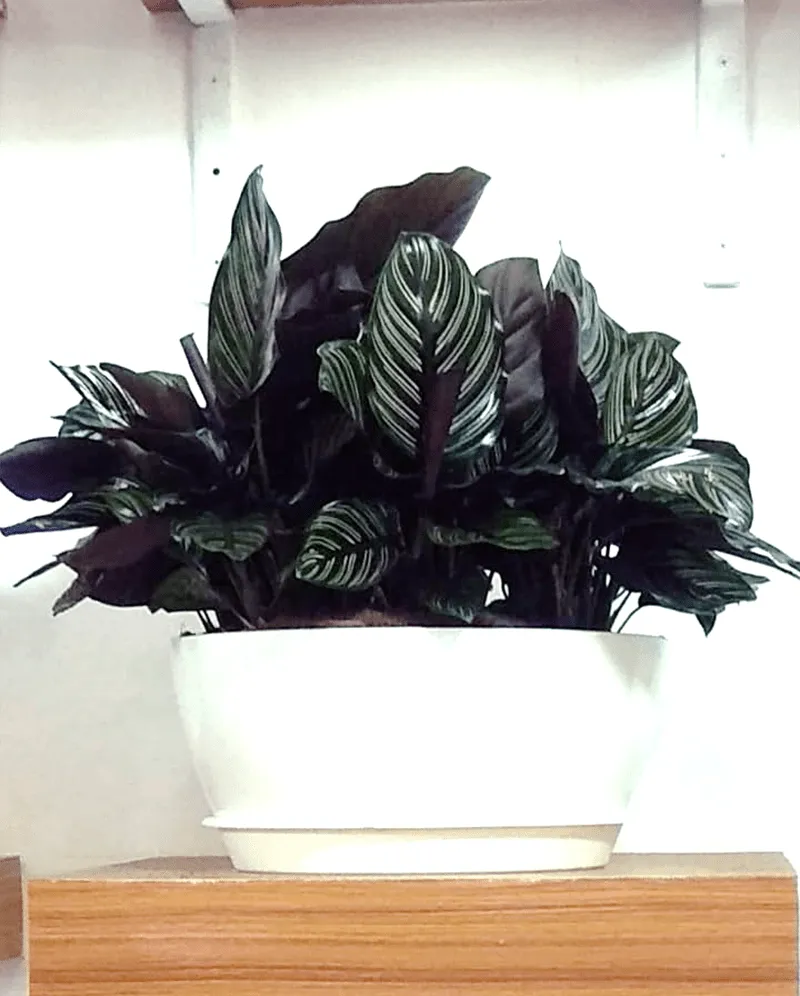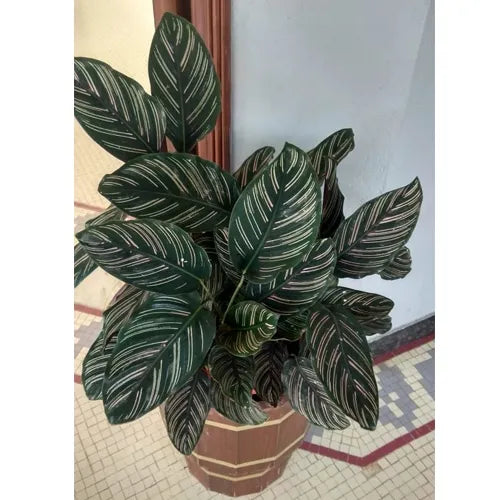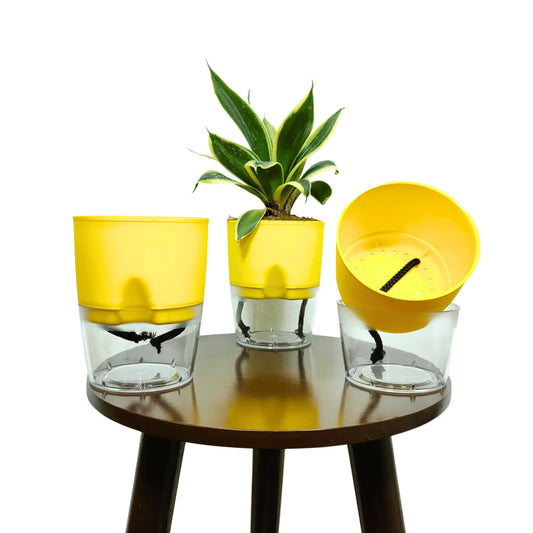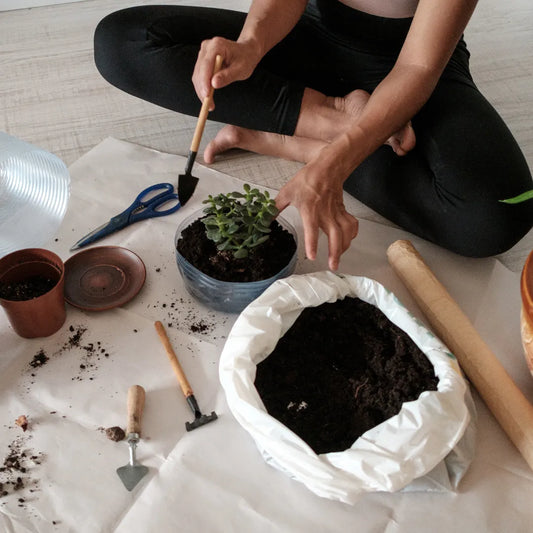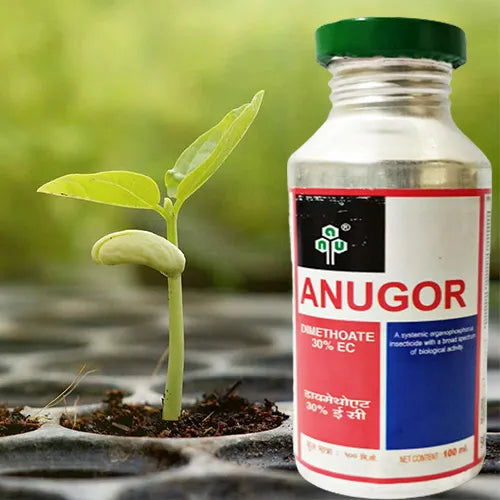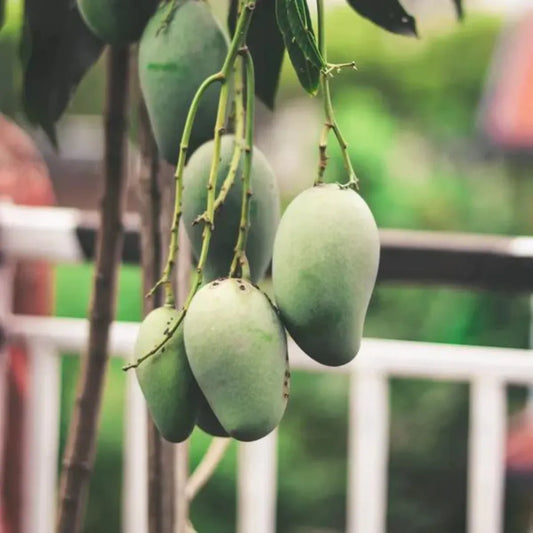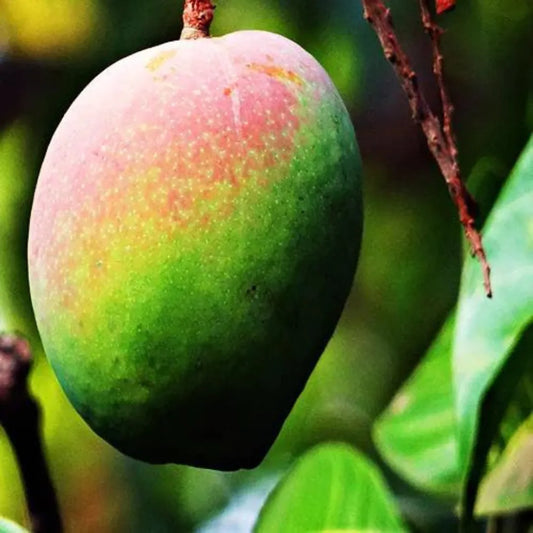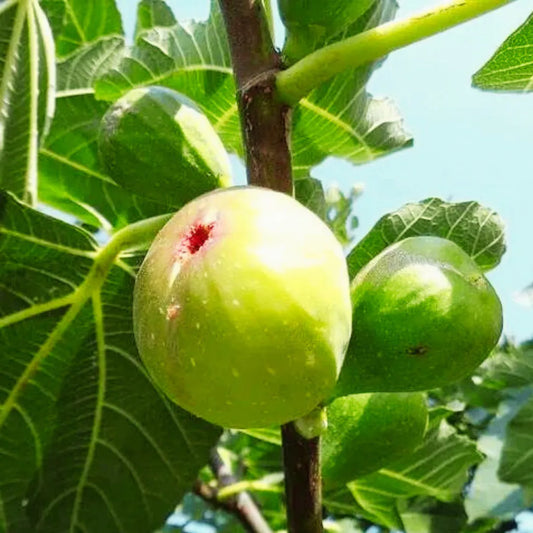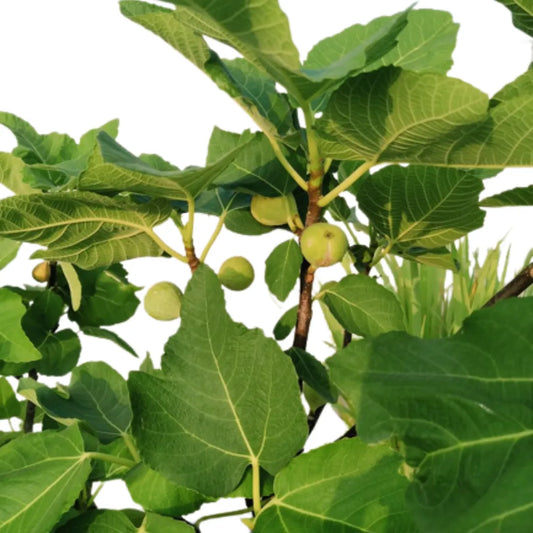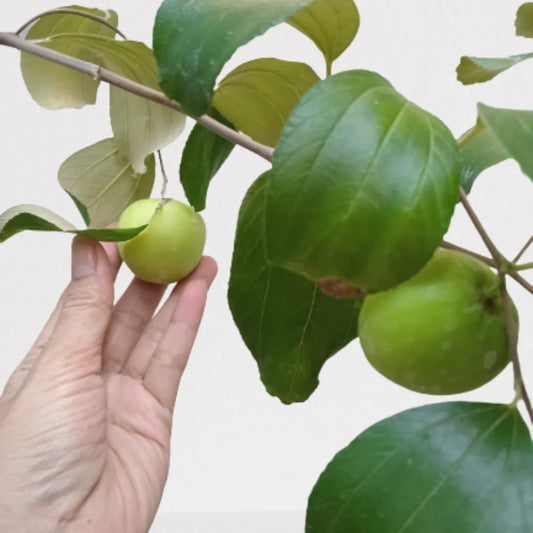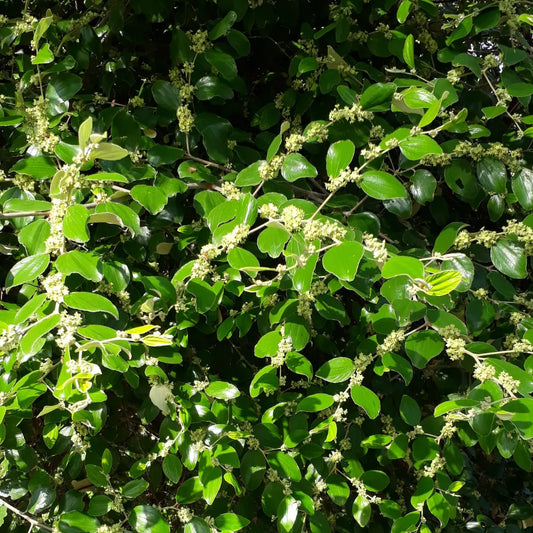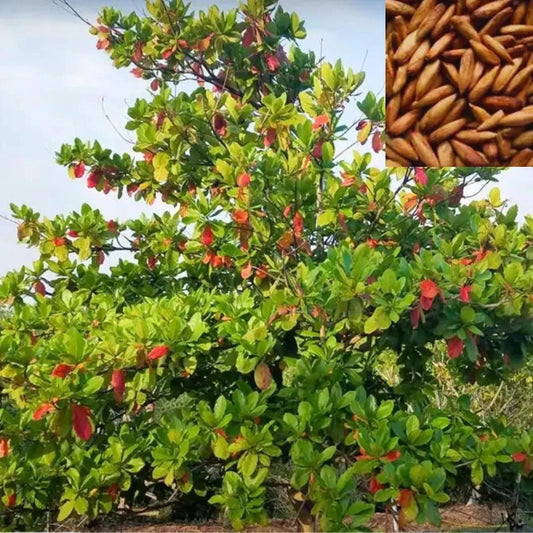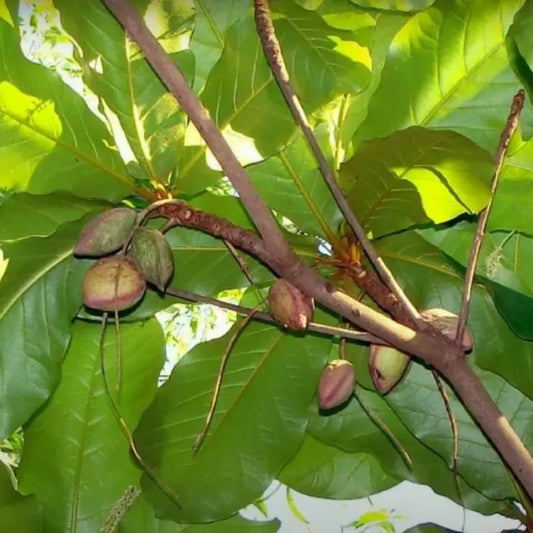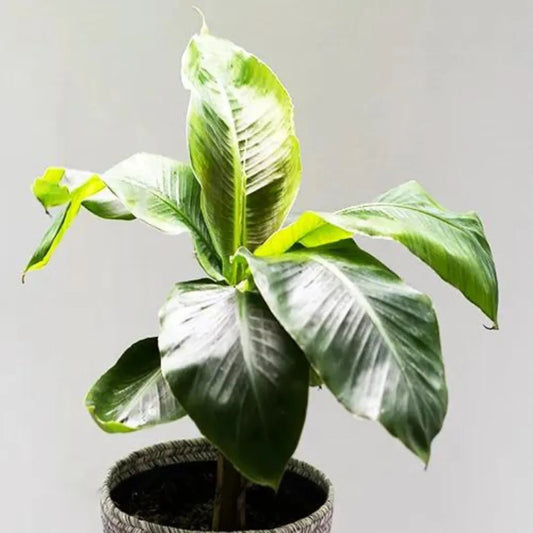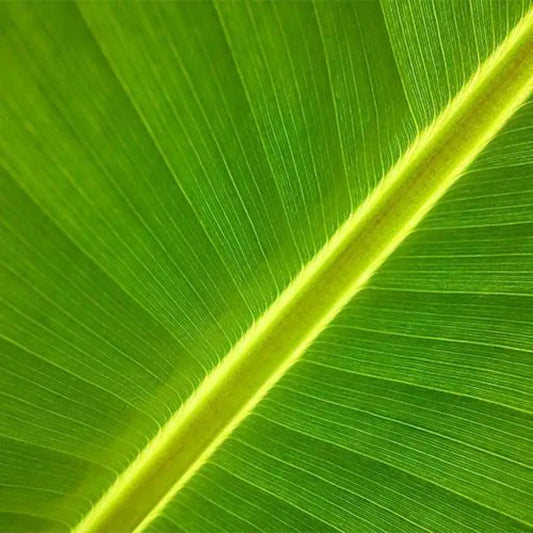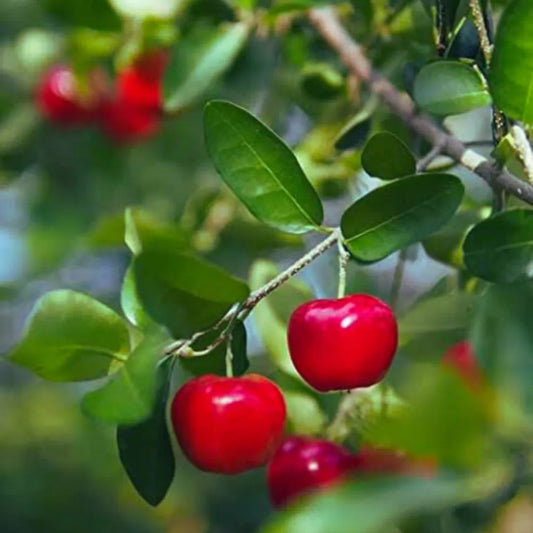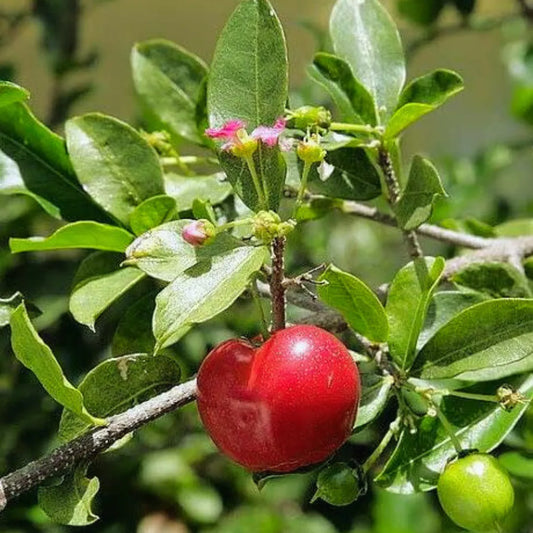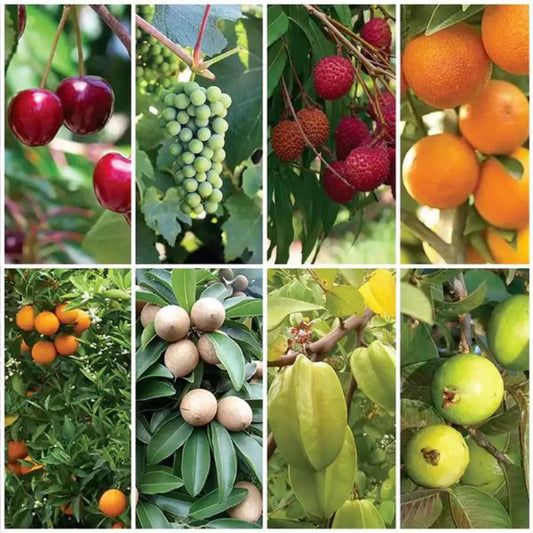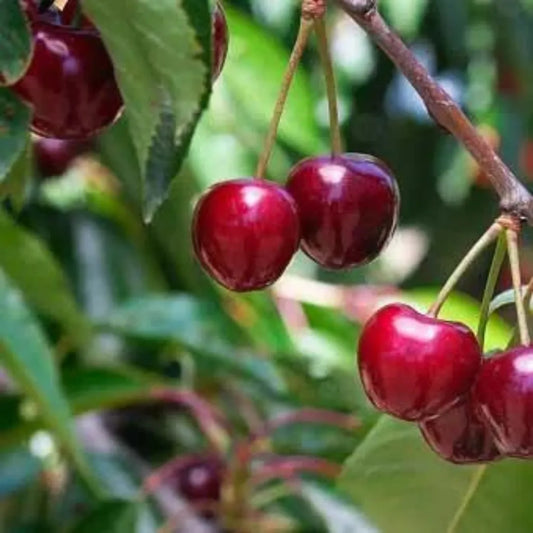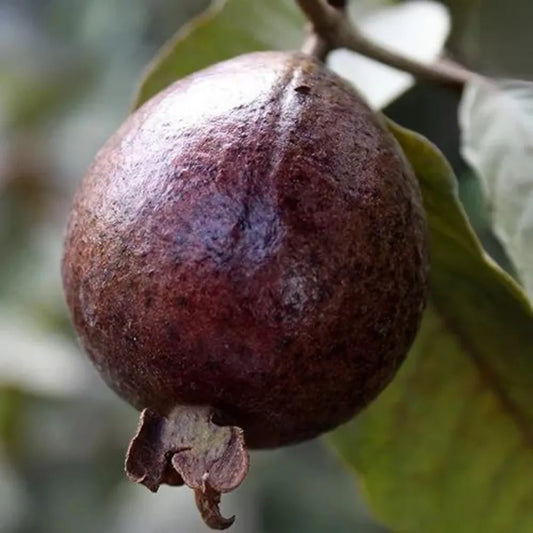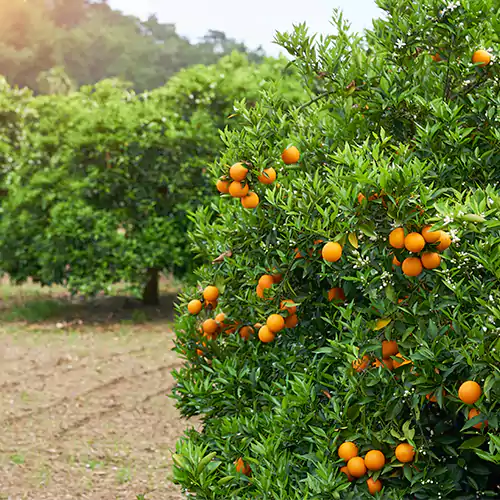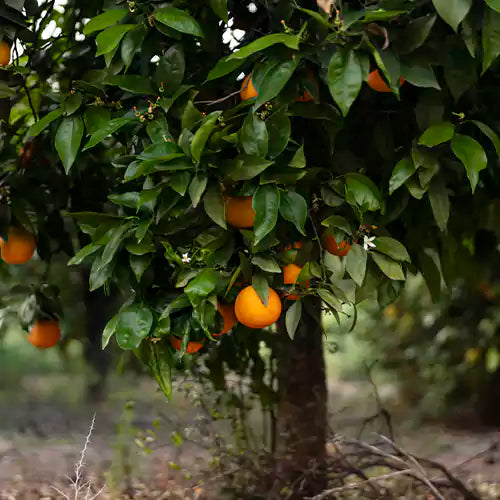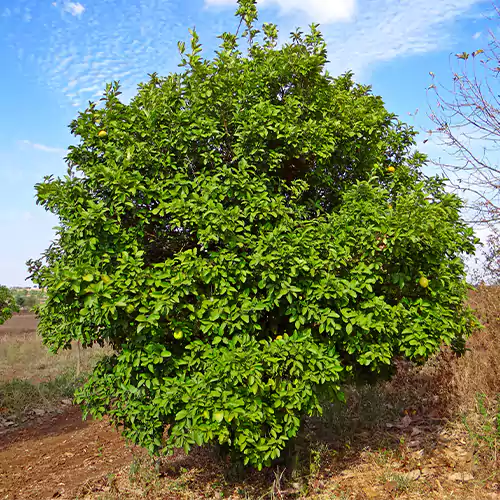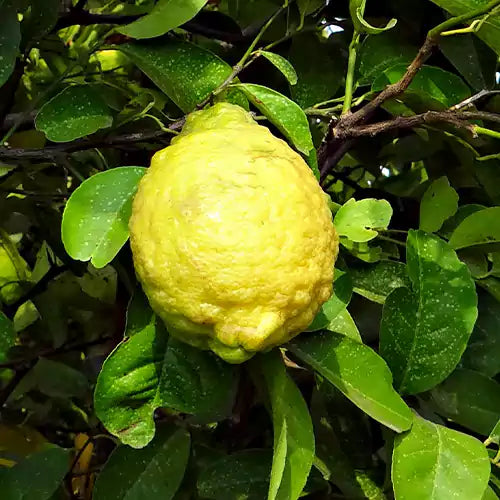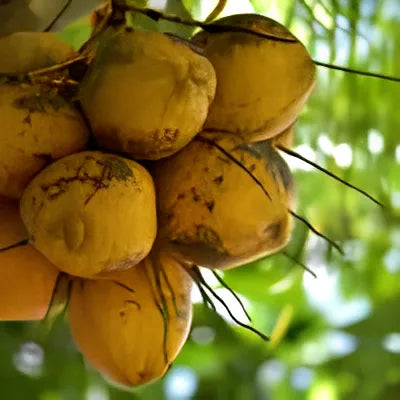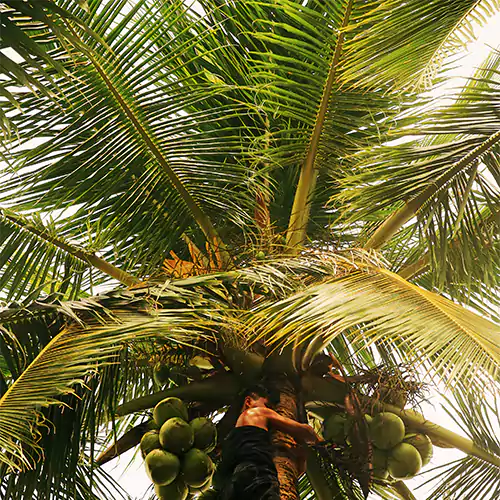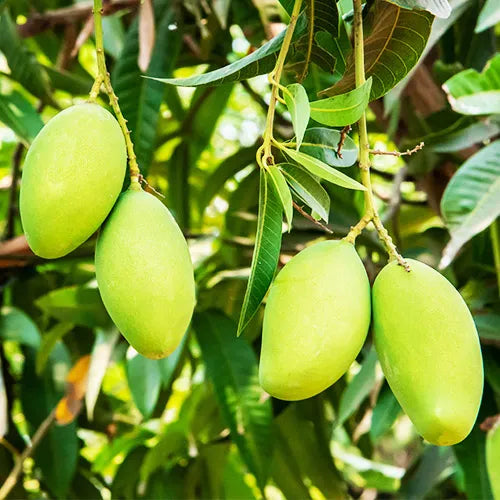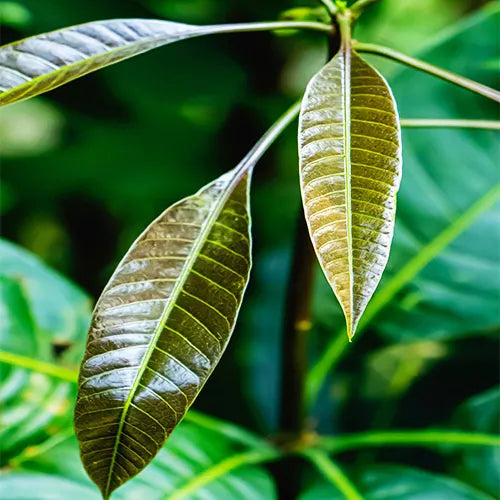Black Marantha Ornata Plant – Maranta Majestica, Calathea Ornata
Black Marantha Ornata Plant – Maranta Majestica, Calathea Ornata
Couldn't load pickup availability
Share this product
Dimensions
Dimensions
All measurements are presented as a range because each plant is unique; its size and shape vary with the season.
4"inches pot
6"inches pot
Description
Marantha Ornata Plant – Maranta Majestica, Calathea Ornata
The Maranta genus includes a few dozen low-growing plants native to the American tropics. Maranta have some of the most beautiful, most decorative leaves in the plant kingdom. The popular M. tricolor has deep green, velvety leaves with yellow splotches down the midrib and arching red veins traveling to the leaf margins.
They are fairly common as houseplants, but not necessarily easy to keep growing over the long-term. They require plenty of warmth and humidity and are susceptible to a number of pests. That said, however, some people have more luck with Maranta species than with the closely related Calathea, which also feature beautiful leaves but can be a bit more temperamental. In terms of display, Maranta is all fairly low-growing plants, with none reaching over about 8 inches tall, making them excellent for grouped displays of low plants on a windowsill.
Growing Conditions
Light
Maranta dislikes direct sunlight. If exposed to direct light, their leaves will fade in color intensity and often develop blotches or patches. In the winter, when the plants go into dormancy (and sometimes die back completely), give them bright light to maintain growth.
Water
During the growth season, water frequently and never allows potting soil to dry out. They are very susceptible to drought. However, to avoid fungal problems, try not to get water directly on the leaves or let it sit.
Soil
A rich, peat-based potting soil with excellent drainage is beneficial.
Fertilizer
Feed with a weak liquid fertilizer throughout the growing season. Cut fertilizer back to once a month or so in the winter.
Propagation
Some Maranta species can be propagated by leaf cuttings or rhizome division. The most common (and easiest) way to propagate Maranta is by division at repotting. When repotting, simply divide the plant into half and pot up each half in a fresh pot. Keep new divisions very warm and moist during the first few weeks until new growth emerges.
Repotting
Maranta are not necessarily fast-growing plants and even healthy specimens likely only need to be repotted every other year. During repotting, gently remove the plant from its old container, shake roots clean, and place into new container with fresh potting soil. Divide the plant during repotting to increase your stock. Repot in the spring, before the growing season starts.
Varieties
There are many varieties of Maranta, but the most popular by far is the tricolor variation that pops up in garden centers. Alternatively, the Maranta and Calathea plants are so closely associated with one another that it’s not uncommon to see labeling errors.
Grower’s Tips
A well-grown Maranta should have full, six-inch-long leaves rising from a short center stem and draping down. They are strikingly beautiful plants. They thrive best with provided with greenhouse-like conditions: warm, moist, gentle airflow, and plenty of fertilizer. Plants that are kept too cool or too dry are likely to lose their leaves or suffer from fungal infections that will cause the plant to die from root rot or collapse. Plants that are exposed to too much sun are likely to become washed out and develop brown blotches on their leaves.
These plants, with their fleshy and thick leaves, are prime targets for pests (in my experience) and frequently seem to have problems with mealybugs, aphids, and mites. Signs of infestation include tiny webs on plants, clumps of white “powdery” residue, or visible insects on the plant. Treat infestations as soon as possible to prevent them from spreading to the rest of your collection. As always, start with the least toxic treatment option first, only progressing to more serious chemicals if your initial efforts fail.
Sunlight:
Warm temperature always preferred and grown best when grown separately.Watering:
Three times in a week will be sufficient. Warm temperature always preferred and grown best when grown separately.Note: Plant may slightly differ from shown image depending on Season and growth pattern
View full details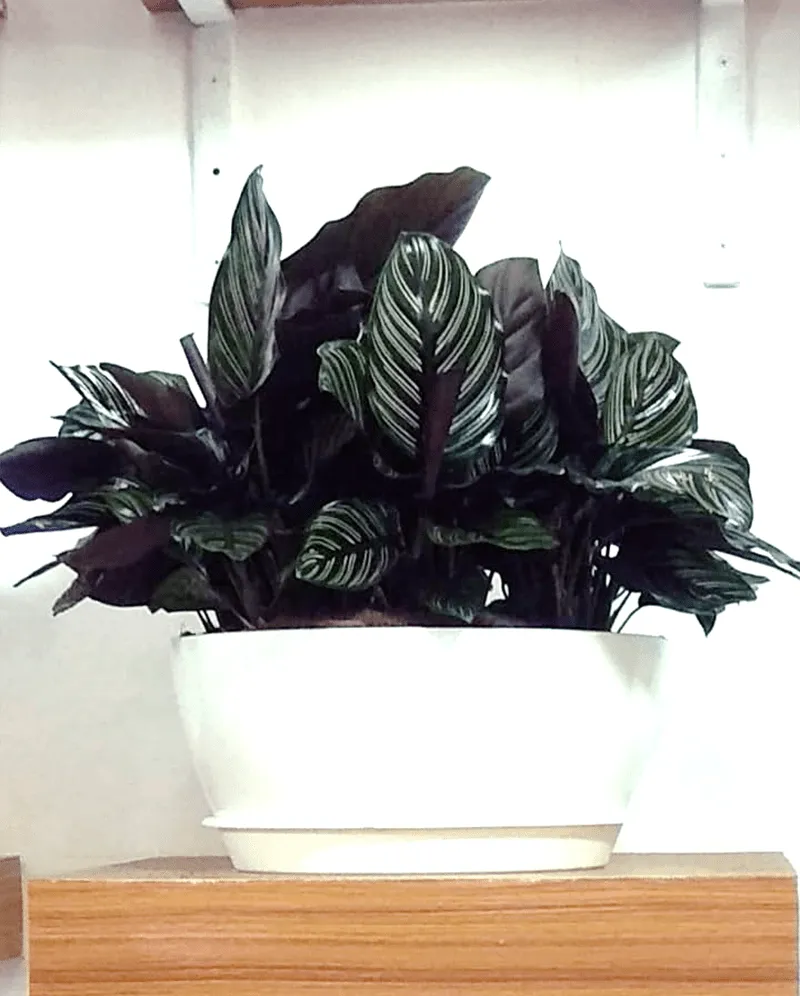
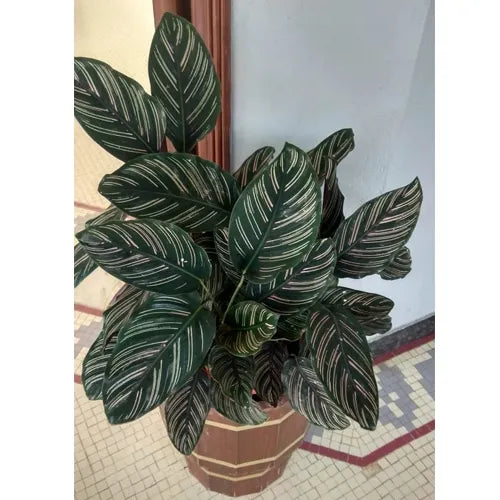
Gardening Add-Ons
-
Decora Pots (Premium Quality) " Gleyz vertical”- “Code – GV”
No reviewsRegular price From Rs. 873.00Regular priceUnit price / per -
LOBELLO Premium Quality self watering pot
No reviewsRegular price From Rs. 99.00Regular priceUnit price / per -
Vermicompost- Nutrient Rich Soil Mix (1KG)
No reviewsRegular price Rs. 99.00Regular priceUnit price / per -
Insecticide | Anugor Insecticide
No reviewsRegular price Rs. 165.00Regular priceUnit price / per
Best Selling Fruit Plants
-
Alphonso Mango | Hapus Aam (Grafted-Plant)
Regular price Rs. 1,299.00Regular priceUnit price / perRs. 1,800.00Sale price Rs. 1,299.00Sale -
Amrapali Mango (Grafted) - Plant
Regular price From Rs. 449.00Regular priceUnit price / per -
Anjeer Plant | Indian Fig | Common Fig
Regular price Rs. 499.00Regular priceUnit price / perRs. 600.00Sale price Rs. 499.00Sale -
Apple Ber | Ziziphus Mauritiana | Indian Jujube
Regular price Rs. 470.00Regular priceUnit price / perRs. 750.00Sale price Rs. 470.00Sale -
Badam-Indian Almond Tree “Terminalia Catappa”
No reviewsRegular price From Rs. 450.00Regular priceUnit price / perRs. 600.00Sale price From Rs. 450.00Sale -
Banana Plant (Dwarf) - Worship Plant
Regular price From Rs. 299.00Regular priceUnit price / perRs. 350.00Sale price From Rs. 299.00Sale -
Barbados Cherry | Malpighia Emarginata - Plants
1 reviewRegular price From Rs. 299.00Regular priceUnit price / perRs. 450.00Sale price From Rs. 299.00Sale -
Best Fruit Plant for Terrace | Open Garden (Pack of 8 plants)
Regular price Rs. 3,499.00Regular priceUnit price / perRs. 3,914.00Sale price Rs. 3,499.00Sale -
Black Guava (Jumbo Variety) | Amrud - Plants
Regular price Rs. 499.00Regular priceUnit price / perRs. 750.00Sale price Rs. 499.00Sale -
Chinese Orange Plant | China Orange (Air layered)
Regular price From Rs. 220.00Regular priceUnit price / perRs. 300.00Sale price From Rs. 220.00Sale -
Citrus Hystrix | Rough Lemon - Plant
Regular price Rs. 550.00Regular priceUnit price / per -
Coconut Tree Golden | Nariyal
Regular price Rs. 1,550.00Regular priceUnit price / perRs. 2,300.00Sale price Rs. 1,550.00Sale -
Coconut Tree Green | Nariyal
Regular price From Rs. 649.00Regular priceUnit price / per -
Dasheri Aam | Dasheri Mango
Regular price Rs. 499.00Regular priceUnit price / perRs. 800.00Sale price Rs. 499.00Sale
Let customers speak for us
from 26 reviewsThe plants sent by them are healthy and bushy. They always reach in perfect shape and condition. The packing is excellently done that the plants are not damaged in shipping. Always my first choice for all kinds of plants. They also ready to share wxpert advice.
I am happy with the purchase. Got a healthy plant.
Got a good and healthy plant .I am happy with the purchase
Full satisfied with quality of plants reach in very good condition
I searched everywhere for this particular variety of rubber plant but it wasn't available anywhere. My friend had brought one from Japan which did not survive here. On finding it on your website at first I thought that it was gimmick but later on receiving the product i was amazed. Really good service. Keep up this customer support.
From Panjab and I ordered Tabebuia Argentea flower plant … I received big , healthy and fresh plant ( esha lagga jeshe abhi local nursery sy buy kia👌).. The packing was excellent 👏🏼👏🏼.. Highly recommended 👍… Je pehli daffa nahi mene pehle v plants order kiye hai and inki packing harr daffa👌👏🏼 … Thanku soo much @Aditya Rathore bhai ji … will buy more plants from u soon 🙂 🌲 🌳..
The Chinese money plant I ordered was worth the wait. It arrived in good condition in good packaging.
Got some tips also from the seller.
I hope it does well. Best wishes
Awesome
Awesome fragrance..
From kerala...
After 3000KM
I got fresh plant
GOOD ONE
I got plants it's simply fresh
Nice packaging and healthy plants has delivered I am so very happy with this purchase, looking for more,best of luck
.
The plant came very health and i liked it very much. Costing is also very reasonable. Highly recommended
